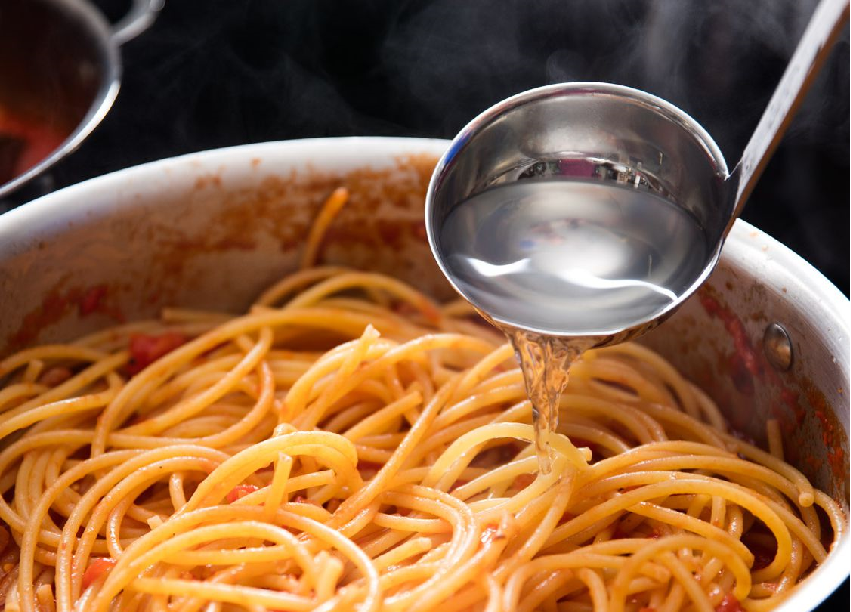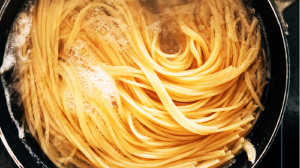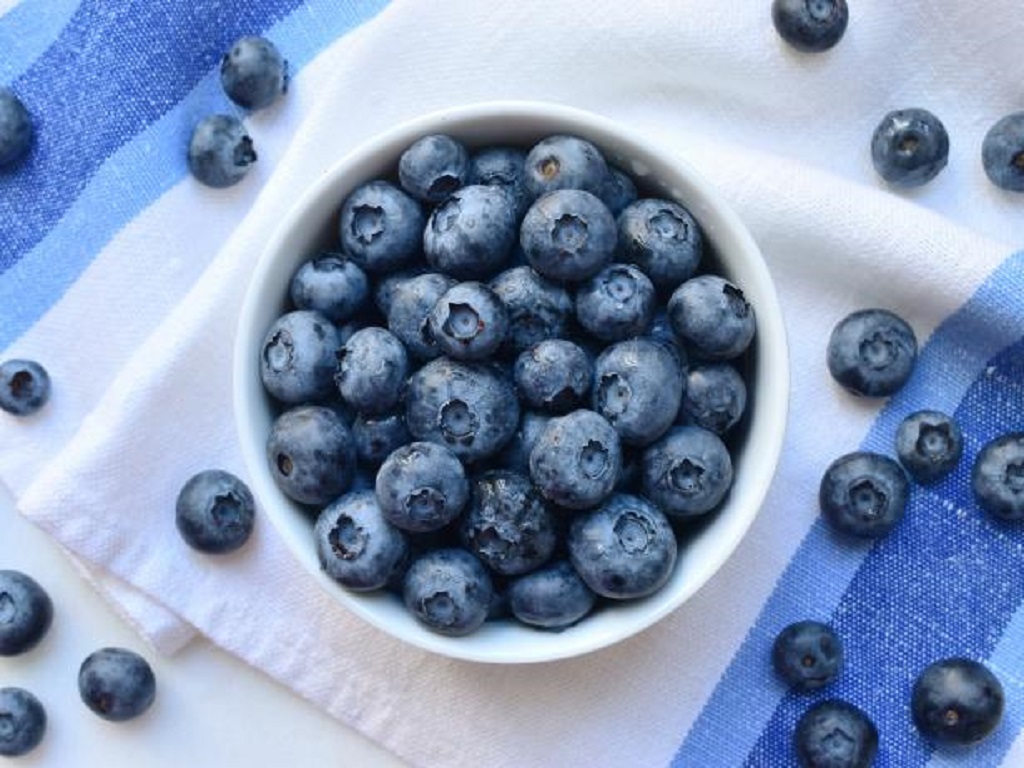Engaging in a romantic relationship with a married women dating can be a thrilling experience…

Nine tricks to cook pasta better
If you still haven’t gotten the paste to fit just right, don’t worry! It will be enough to follow the following 9 tricks to cook pasta better. Just as they do in Italy, to have a perfect result.
These tips are traditional in Italian cuisine. And are generally passed from generation to generation in that intimate moment in the kitchen. If you do not have an Italian grandmother, as I have been lucky to have, you may have only heard of these tips:
9 tricks to cooking pasta
Cook The Pasta In Plenty Of Water

Pasta should always be cooked in plenty of salted water. Generally, calculate one liter of water for every 100 grams of pasta. The fact that there is a good amount of water will allow it not to stick together and we can enjoy well-hydrated pasta.
Calculate The Salt Well
We have told you salt water, but how much salt? Well, add a tablespoon for every two liters of water, which comes to 1.5 grams per liter of water. This is the right point so that it is not too salty or with a little salt.
The salt must be added when the water has broken to a boil, not before.
Do Not Put Oil Or Butter
One of the big mistakes we repeatedly make when cooking pasta is to add oil to the water where we are going to cook it. The oil causes the paste to acquire a slippery film that does not favor it.
If you don’t want the pasta to stick, all you have to do is calculate the amount of water to use for cooking.
The Perfect Time To Add The Pasta
When the water begins to boil and after adding the salt. It will be the exact moment to add the paste. Always maintaining the cooking temperature, that is, we are going to keep the water boiling. Never add the paste before the water is bubbling well because we run the risk that it ends up overflowing.
Once it is in the water, stir only once and start calculating the cooking time based on the time recommended by the manufacturer (it is indicated on the package of the pasta you bought). This is essential because all pasta is not the same and requires a different time to get the pasta to the perfect point.
Pasta Al Dente
The cooking time and all the previous steps are essential to achieve a good texture in the pasta. This should be eaten ” al dente “, which means that the central part of the pasta will not be fully cooked and the pasta itself will keep its shape. At least this is what my Italian grandmother would say, for who eating past pasta was almost a sacrilege.
Take Out The Pasta Without Passing It Through Cold Water
Once we turn off the heat, wait a few seconds and then pass through a strainer. The best recommendation is that you reserve a little of the cooking water just in case it is necessary for the sauce that we are preparing.
How To Incorporate The Willow
The sauce has to be ready by the time the pasta reaches its perfect cooking point. It is important to have the sauce hot, whether homemade or purchased. In a pan where we can incorporate all the pasta to sauté it together for 30 seconds. More time could imply that the paste is overcooked.
Not all pasta sauces are hot, like pesto, so keep this in mind so you can have the pesto at a medium temperature that combines well with the warmth of freshly made pasta.
In pasta dishes with sauces based on oil, or for example, if the dish contains shellfish or fish, we should not put Parmesan cheese, as it ruins the flavor.
Parmesan Cheese, A Stylish Classic
Of course, since we are talking about Parmesan cheese, we must indicate that, when we put it to accompany the pasta, care must be taken to do it in the following way: grate the thick cheese if it goes with short pasta and fine if it goes with long pasta.
Sauces For Long Pasta And Short Pasta
Sauces based on oil are mainly used to accompany long pasta; while cream-based sauces are usually for short pasta. Tomato sauces in their various forms can accompany both types of pasta.
You may like to read What are the negative effects of eating a lot of cheese



